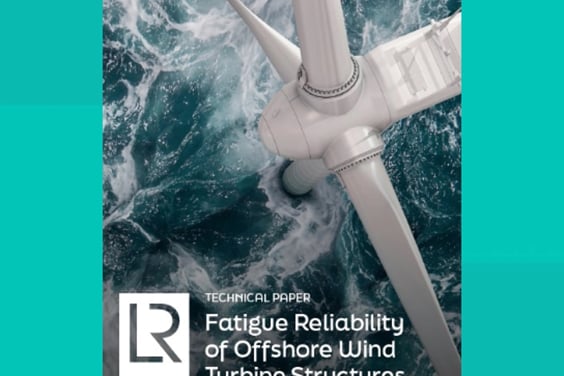In addition to the EU ETS, the FuelEU Maritime program will ensure that shipping companies prioritise improvements in the greenhouse gas (GHG) emissions intensity of the energy they use. Failure to meet the required reductions in emissions intensity will result in penalties. Starting in 2030, container and passenger vessels must use onshore power supply (OPS) or zero-emission alternatives when berthed at major European ports.
Compliance optimisation will become a crucial factor for maintaining competitive advantage. Beyond investing in decarbonisation solutions, shipping companies must consider effective fleet utilisation, routing, charter agreements, pricing, emissions trading, and more to minimise exposure to carbon prices and penalties.

The Fit for 55 package aims to drive a 55% reduction in EU emissions by 2030. This comprehensive plan includes elements like the Alternative Fuels Infrastructure Regulation (AFIR), which sets targets for renewable fuels deployment in various transport sectors; the Revised Renewable Energy Directive (RED III) which establishes targets for the renewable energy demand; and the Carbon Border Adjustment Mechanism (CBAM) which certifies emissions related to imported goods and materials to prevent increased emissions outside EU borders.
Our Fit for 55 Report results from the extensive expertise of LR's regulatory, advisory, and vessel segment teams. It provides valuable insights into the key steps necessary for compliance and strategic considerations to optimise your exposure to Europe's emerging emissions regime.
Start preparing for the future of sustainable shipping today. Download the Fit for 55 Report and stay ahead of the curve.
This report includes expert analysis on:
- EU Emissions Trading System
- FuelEU Maritime
- Verification
- Fuel choices
- Fleet utilisation and pooling
- Routing
- Emissions Trading
- Alternative Fuel;s Infrastructure Regulation (AFIR)
- Renewable Energy Directive (RED III)
- Carbon Border Adjustment Mechanism (CBAM)














